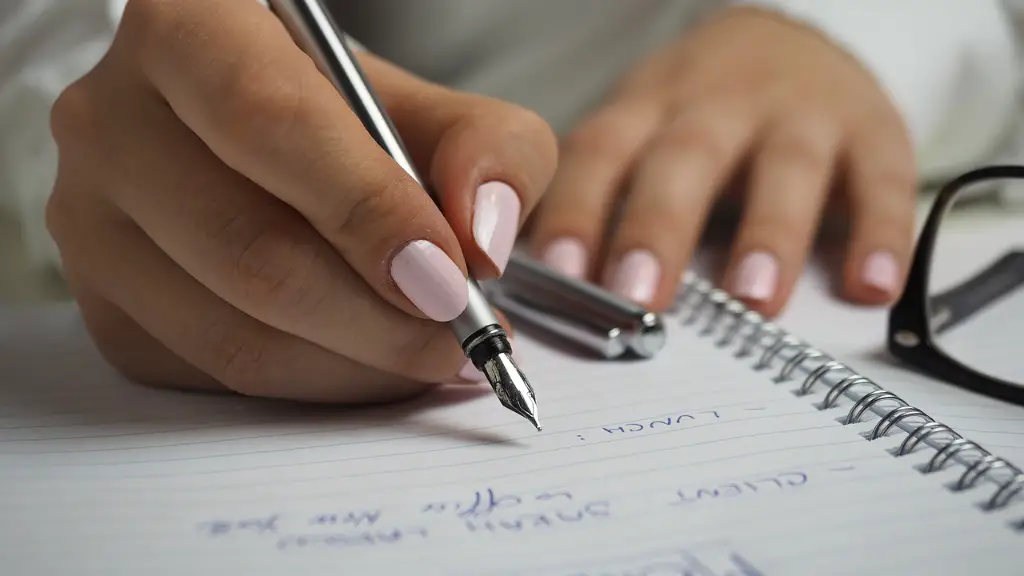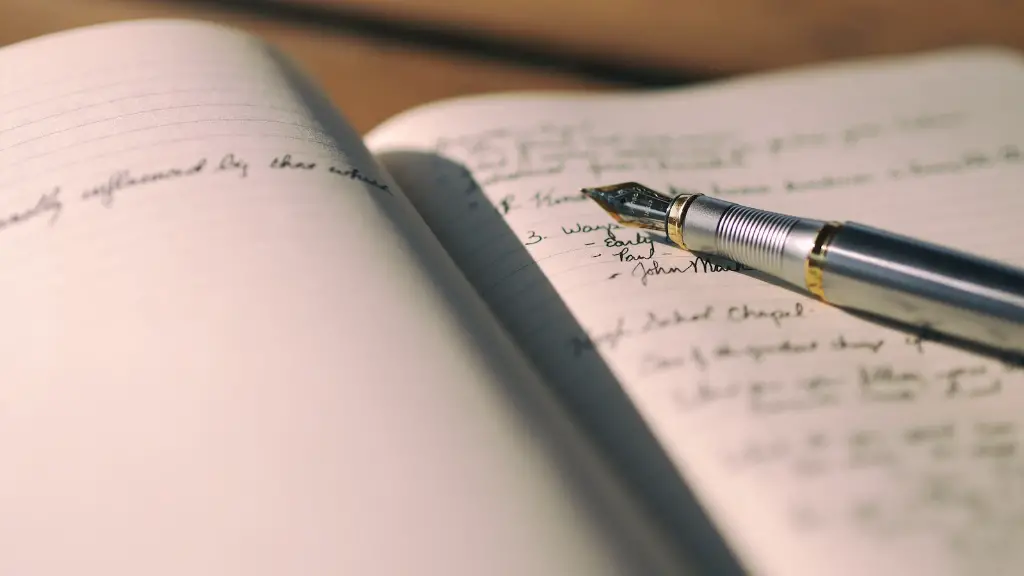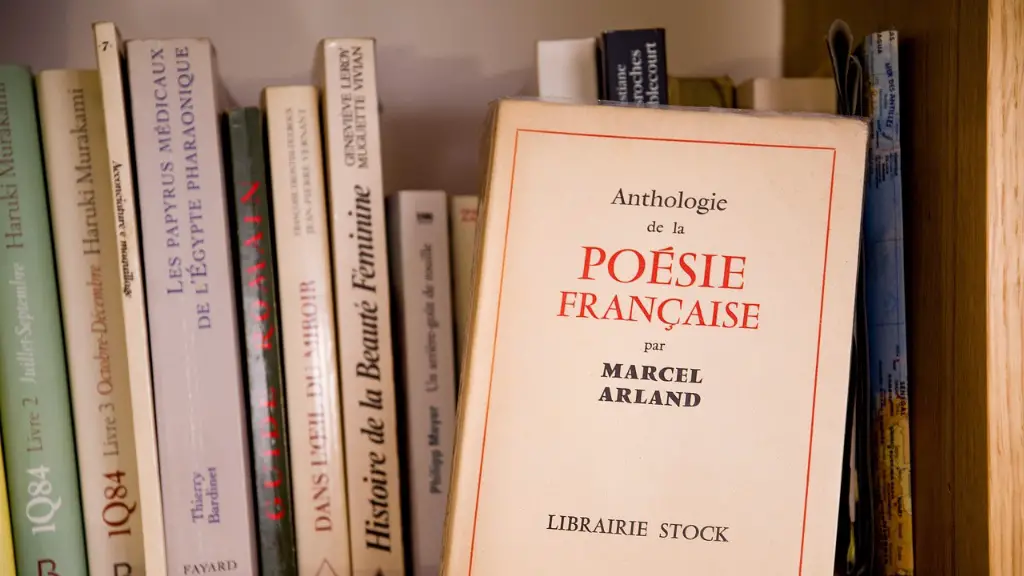Exploring Imagery in Poetry
Imagery is a powerful literary tool that has the ability to bring a poem to life and evoke emotion in the reader. When imagery is used effectively, the poet can paint a vivid picture in the mind of the reader and make them feel as if they are living the experience. Images can also be used to convey a deeper meaning than the immediate descriptive language that is used in the poem. In this article, we will explore how to use imagery in poetry to create emotionally gripping stories.
Understanding the Nature of Imagery
Imagery is the use of vivid, descriptive language to create mental pictures or imagery in the reader’s mind. Imagery is often used to stir up emotions, so a poem with strong imagery will help the reader relate to the story in a more intimate and emotional way. Imagery can also be used to convey a deeper meaning to a poem than what is expressed through the immediate descriptive language.
The power of imagery lies in the use of words that will spark the readers’ imaginations. A poet should aim to use words that will help the reader to visualize and experience the scene described. It is important to choose words that are powerful, evocative and that draw on the senses of the reader. For example, if a poet is describing an outdoor scene, they may choose words like ‘verdant’, ‘lush’ and ‘whispering’ to create a vivid image of the landscape.
Types of Imagery
When writing a poem with imagery, it is important to consider the different types of imagery that can be used. These types of imagery can be divided into two broad categories: figurative and literal.
Figurative imagery is language that goes beyond the literal meaning of words and instead evokes a mental picture or emotion. It can take the form of metaphors, similes, personification and symbolism. These tools help the reader to better understand the poem in a more creative and emotive manner.
Literal imagery, on the other hand, is more direct and relies on physical descriptions and facts. This type of imagery does not carry a deeper meaning and instead just creates a visual picture for the reader.
Using Imagery For Effect
Imagery can be used for many effects when writing a poem, including setting the tone, creating mood, and exploring themes.
The tone of the poem can be set by using vivid language and imagery. For example, if a poet is aiming to evoke feelings of joy and happiness, they may choose words that evoke a sense of lightness and happiness, such as ‘glittering’ and ‘radiant’. This can evoke a feeling of warmth and happiness, which in turn can set the tone of the poem.
Mood can also be created through the use of imagery. Poets can explore different emotions in their work, such as joy, sorrow, fear and hope. To create a particular mood in a poem, the poet should choose words that create a mental image and evoke the desired emotion in the reader.
Imagery can also be used to explore themes in poetry. A poet can use imagery to explore ideas such as love, nature and death. For example, a poem about love may use imagery of a beautiful sunset to create a sense of peacefulness and harmony, or it may use imagery of turbulent storms to describe a turbulent relationship.
Making Imagery Effective
In order for imagery to be effective in a poem, it is important to use the correct language and to choose words that will evoke an emotional response from the reader. Poets should also pay attention to their phrasing and sentence structure to ensure that the imagery is expressed in a clear and concise manner.
Choosing the right words can also be used to add depth and complexity to the poem. Poets can choose words that evoke a range of emotions in the reader, and they may also use words that create ambiguous imagery or images that only become clear when the whole poem is read.
Crafting a Compelling Story Through Imagery
Imagery can be a powerful tool for crafting an engrossing story. To do this, the poet must use words that will help the reader to ‘see’ the story unfolding in their mind and empathize with the characters.
The poet should use vivid and powerful language to create vivid images and evoke emotion in the reader. They should also construct their sentences in a way that will draw the reader into the world of the poem. For example, a poet may choose to use sentence structure that is repetitive and builds tension gradually, so that the reader is compelled to read on to find out what will happen next.
Effective Use of Imagery
Most importantly, the poet must ensure that the imagery they use is effective. This means that the images should be able to paint a vivid picture in the reader’s mind that accurately reflects the emotions and experiences described in the poem.
When crafting a poem with imagery, the poet should use language that is precise and evocative. The poet should also use language that draws on the senses of the reader. For example, if a poet is describing a summer’s day, they may use imagery of the golden light and the soft whisper of the breeze to create a vivid and emotive image.
The Effects of Different Imagery in Poetry
Imagery in poetry can create powerful and emotive stories, both in terms of positive and negative emotions. Different types of imagery can evoke different emotions and can be used to explore various themes, making the poem more engaging and vivid.
Using contrasting imagery can add depth to a poem by conveying opposing ideas in a single piece. For example, a poet may use both imagery of a beautiful sunset and of a violent storm to convey opposing messages. This can help the reader to better understand and empathize with the characters and themes in the poem.
Similarly, a poet could also use imagery of both light and dark to describe a character’s journey from despair to hope. This type of imagery can help to draw the reader into the story and evoke powerful emotions in the process.
Imagery in Non-Traditional Poetry
Imagery is not only used in traditional poem forms. In more experimental forms of poetry, imagery can be used to explore new ideas and create a more engaging story. For example, visual poetry often uses imagery to create a visual narrative that the reader can experience in a more engaging way. Other forms of non-traditional poetry might use abstract imagery to convey a message or explore a concept in a more creative way.
Imagery in Contemporary Poetry
In contemporary poetry, imagery can be used to explore a wide range of topics and themes. In this genre, poetry often relies on vivid and powerful imagery to create an engaging and emotive experience for the reader. Poets in this genre might use abstract imagery to explore difficult topics such as mental health or they might use imagery to explore emotions like love and loss.
The Power of Imagery in Poetry
Imagery is a powerful tool when crafting a poem. By using the right words, poets can create vivid and evocative imagery that will make the poem come alive. The use of imagery can add an emotional depth to a poem and make it more engaging for the reader. Ultimately, the power of imagery lies in its ability to make the reader empathize with the story and draw them into the world of the poem.


